News
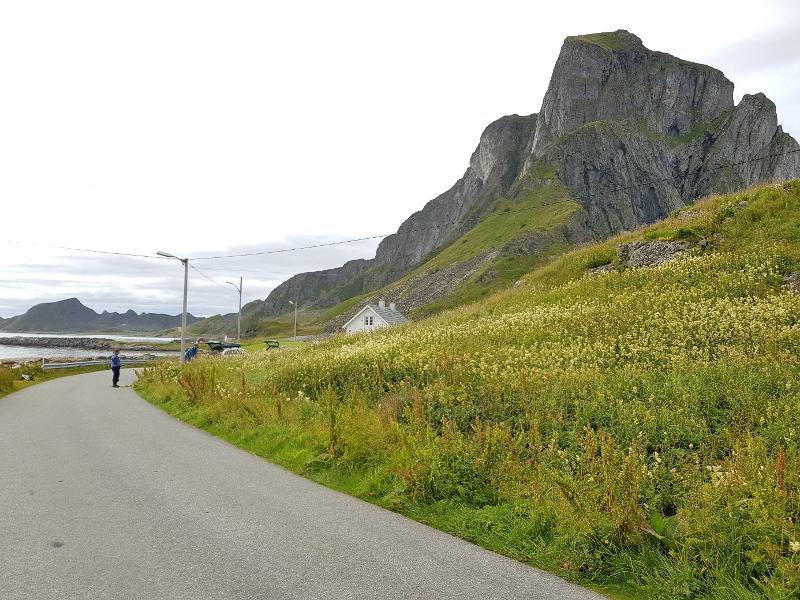
The main goal of the research group is to investigate how economic resources, food-safety, lifeways and environmental and climate change were interrelated in the Arctic Atlantic 5000 BC – AD 1500.
We have defined three subgoals organized into three integrated modules:

The ARCWAYS interdisciplinary and international research group, approved by the Faculty for Humanities, Social Sciences and Education, UiT – The Arctic University of Norway in early 2020, is a more focused continuation of the 2015 – 2019 Joint Proxies Research Group (Joint research on human and natural adaptation to changing climates and environments in the High North by proxy data).
From originally covering a broad range of topics within the Circumpolar area, we have over the years narrowed the scope considerably and will in the future focus on innovative, cutting-edge research on foodways, lifeways and environmental and climate change in the Arctic Atlantic 5000 BC-AD 1500.
Over the past few years much effort has gone into the study of heavy metal contamination of prehistoric human seafood as exampled by our pilot study from the north-Norwegian Younger Stone Age (5000 – 1800 BCE), (see Blankholm, Lidén, Kovačević & Angerbjørn 2020 Dangerous food. Climate change induced elevated heavy metal levels in Younger Stone Age seafood in northern Norway).
This showed, among other things, that the levels of cadmium, lead and mercury in Atlantic cod and harp seal were highly elevated, from 3-70 times higher than what is today considered safe limits for consumption. In other words, our Younger Stone Age seafood was unhealthy if not unsafe. We will, naturally, continue this line of food-safety research as part of our ongoing investigations by extending the time-line to encompass 1800 BC – AD 1500 to see whether this also was the case for the Early Metal Age, Iron Age, Viking Age and Medieval period. We will contextualize our results with analyses of foodways (economic resources, resource management and diets) and we will predict future levels of toxicity vis-à-vis ongoing global climate change. Simultaneously, we will study lifeways (settlement and social patterns in their land/seascape settings) in order to identify social drivers for change, and we will study environment and climate in order to determine environmental and climate drivers for change and human impact on the landscape.
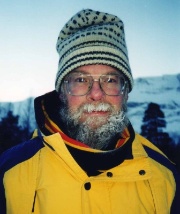

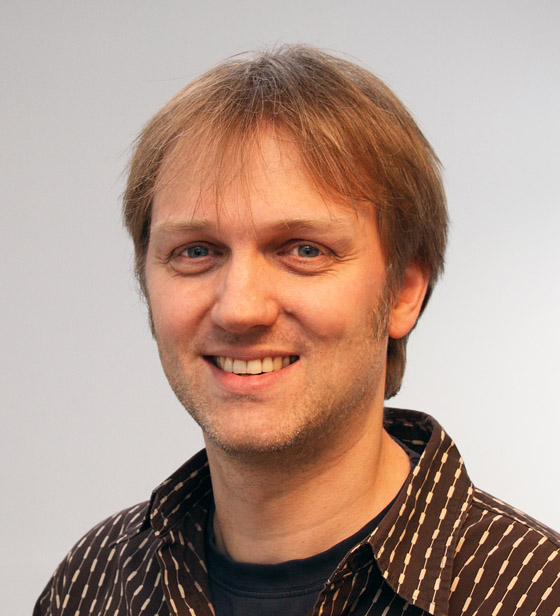
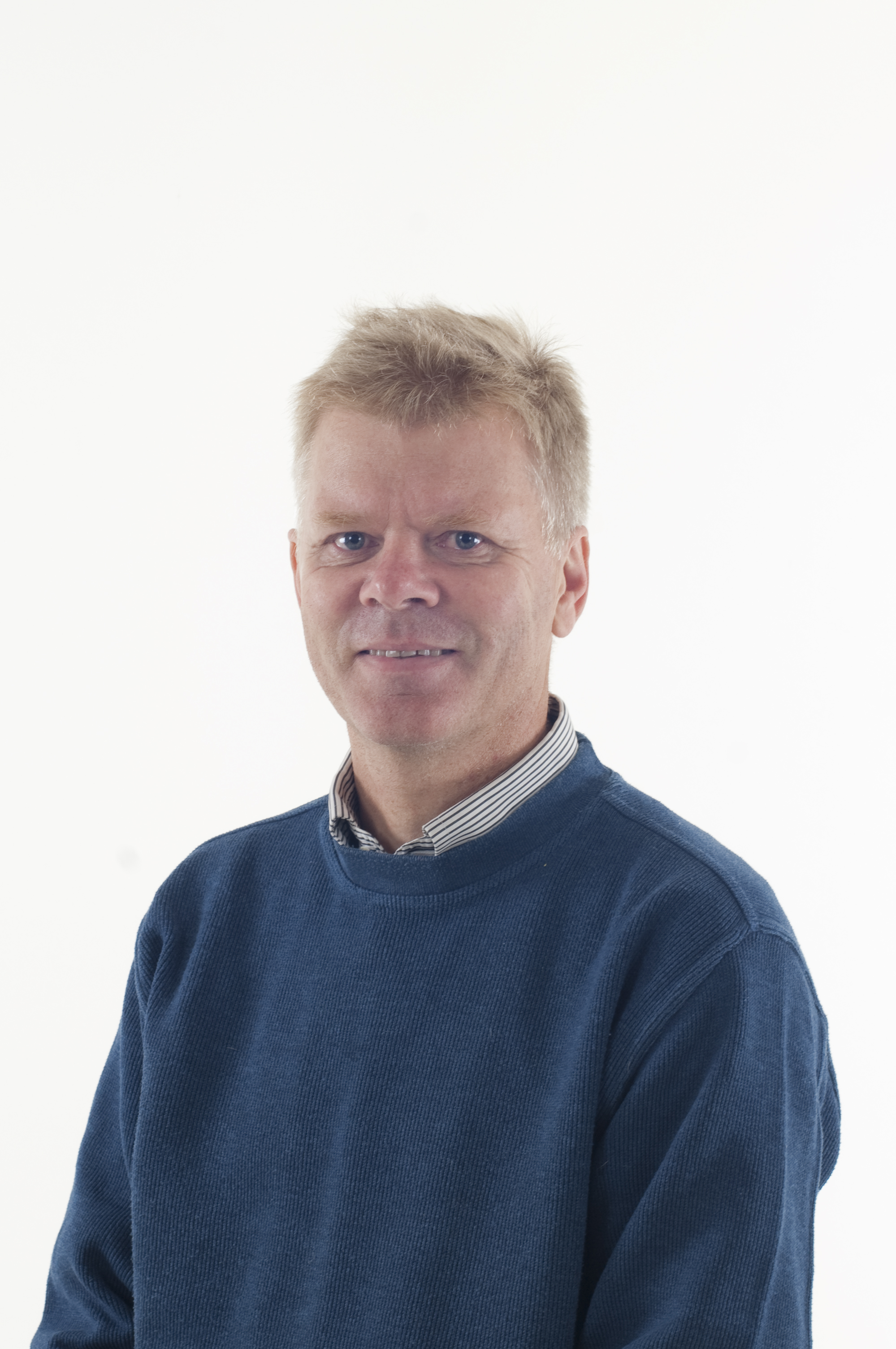

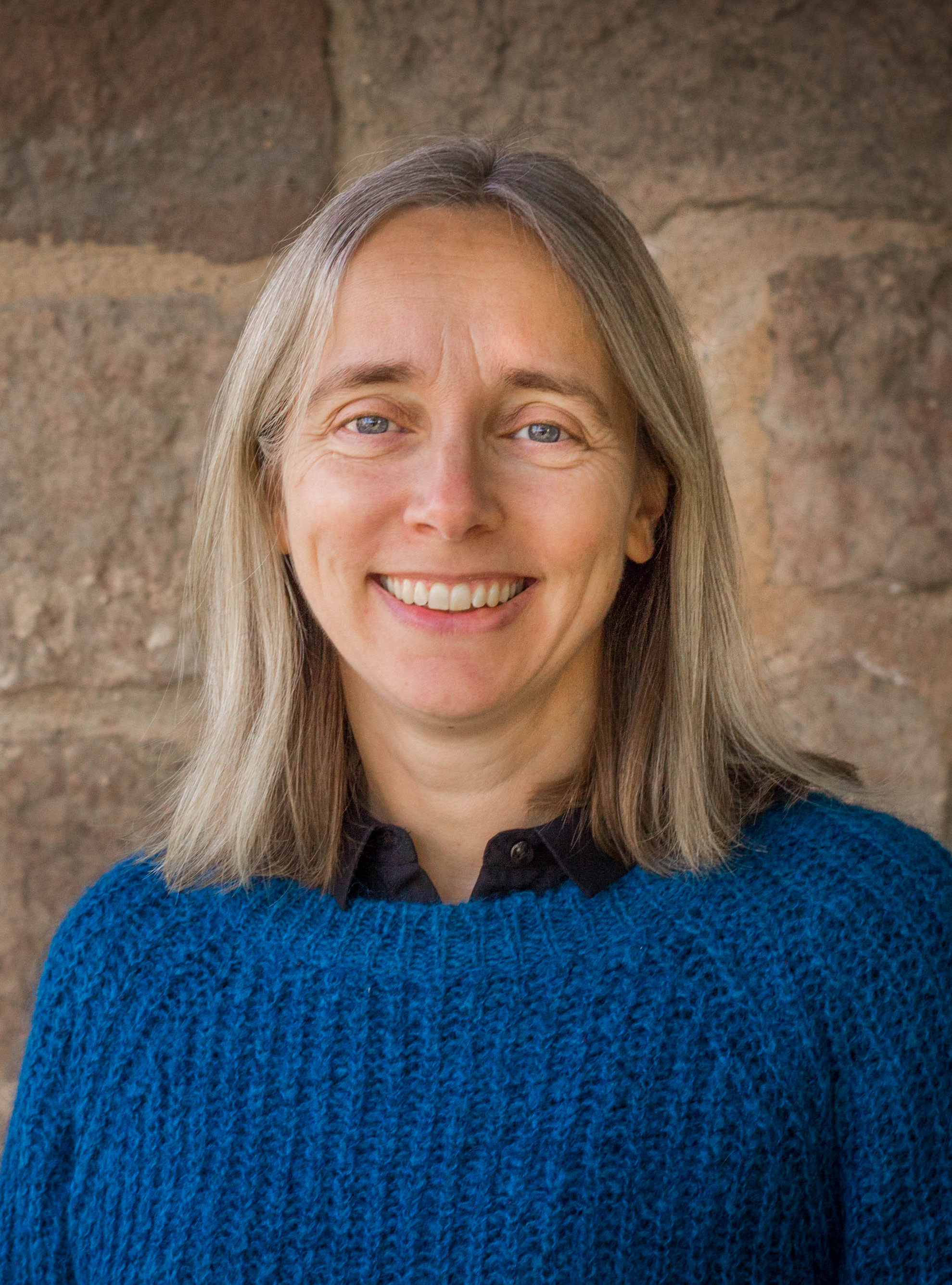


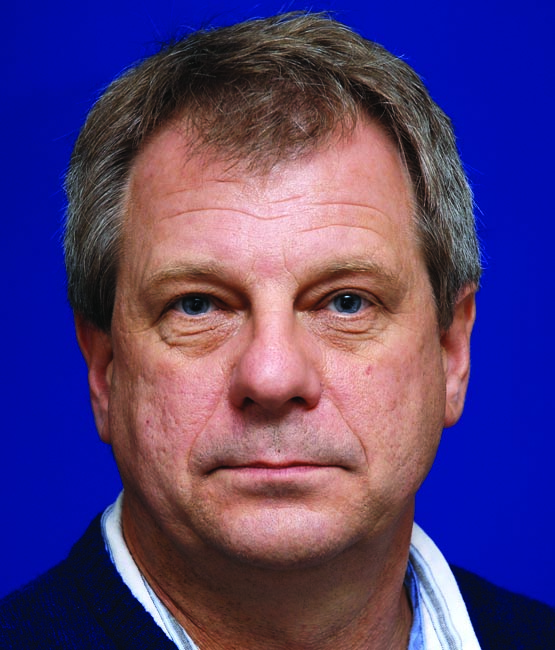
[Add content here]
[Add content here]